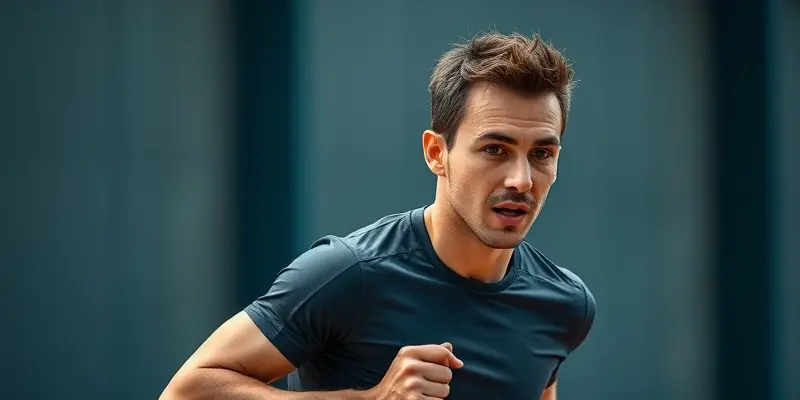Recovery & Injury: A Comprehensive Guide for Fitness Enthusiasts
In the fast-paced world of sports and fitness, injuries are common yet preventable obstacles that athletes face. Understanding how to prevent injuries, recover effectively, and maintain peak performance is essential for athletes of all levels, from beginners to professionals. In this guide, we will explore common injuries, prevention strategies, recovery techniques, nutrition for healing, tools for muscle repair, and psychological methods for motivation during rehabilitation. Let’s dive in!
Common Injuries and Prevention Strategies
Ankle Sprains:
- Prevention: Wear proper footwear, strengthen ankle muscles.
- Exercise Examples: Calf raises, ankle circles.
Knee Injuries (ACL/PCL):
- Prevention: Focus on technique, strengthen surrounding muscles.
- Exercise Examples: Balance and flexibility exercises.
Shoulder Injuries:
- Prevention: Wear protective gear, maintain proper posture.
- Exercise Examples: Shoulder muscle strengthening.
Prevention Strategies:
- Warm-Up and Cool-Down: Essential for flexibility and muscle strain.
- Proper Technique: Key to avoiding strain on joints and muscles.
- Strength Training: Core and muscle groups for stability.
- Gradual Progression: Avoid overtraining by increasing intensity gradually.
Recovery and Rehabilitation
Physical Recovery Techniques:
- R.I.C.E. Method: Rest, Ice, Compression, Elevation for mild injuries.
- Physical Therapy: Improves mobility and strength.
- Bracing and Splinting: Support and aid in healing.
- “Heal Faster with This Injury Recovery Checklist” for additional tips on injury recovery.
Nutrition for Healing:
- Protein-Rich Foods: Support muscle repair and growth.
- Vitamins and Minerals: Essential for tissue healing and immune function.
- Hydration: Crucial for reducing inflammation.
Tools and Gadgets for Muscle Repair:
- Compression Garments: Improve blood flow, reduce swelling.
- Foam Rollers and Massage Tools: Reduce muscle soreness.
- Recovery Boots: Increase blood flow, reduce fatigue.
Psychological Methods for Motivation During Rehabilitation
- Goal Setting: Maintain focus and motivation with realistic goals.
- Positive Self-Talk: Foster a positive mindset, reduce stress.
- Support Systems: Surround yourself with supportive peers and professionals.
- “Unlock Faster Recovery with Visualization for Healing” for psychological healing techniques.
In conclusion, injury prevention and effective recovery are essential components of maintaining peak performance in sports and fitness. By implementing these strategies and techniques, athletes can reduce downtime, heal effectively, and enhance their overall performance. Stay strong, stay healthy!
Keep Moving Forward!

